WOHA launches new homeware brand WOHAbeing at Maison&Objet 2017
WOHA co-founders Richard Hassel and Wong Mun Summ explain why they have launched a new homeware brand in this movie, which Dezeen filmed for the Singapore-based architecture studio at Maison&Objet in Paris.
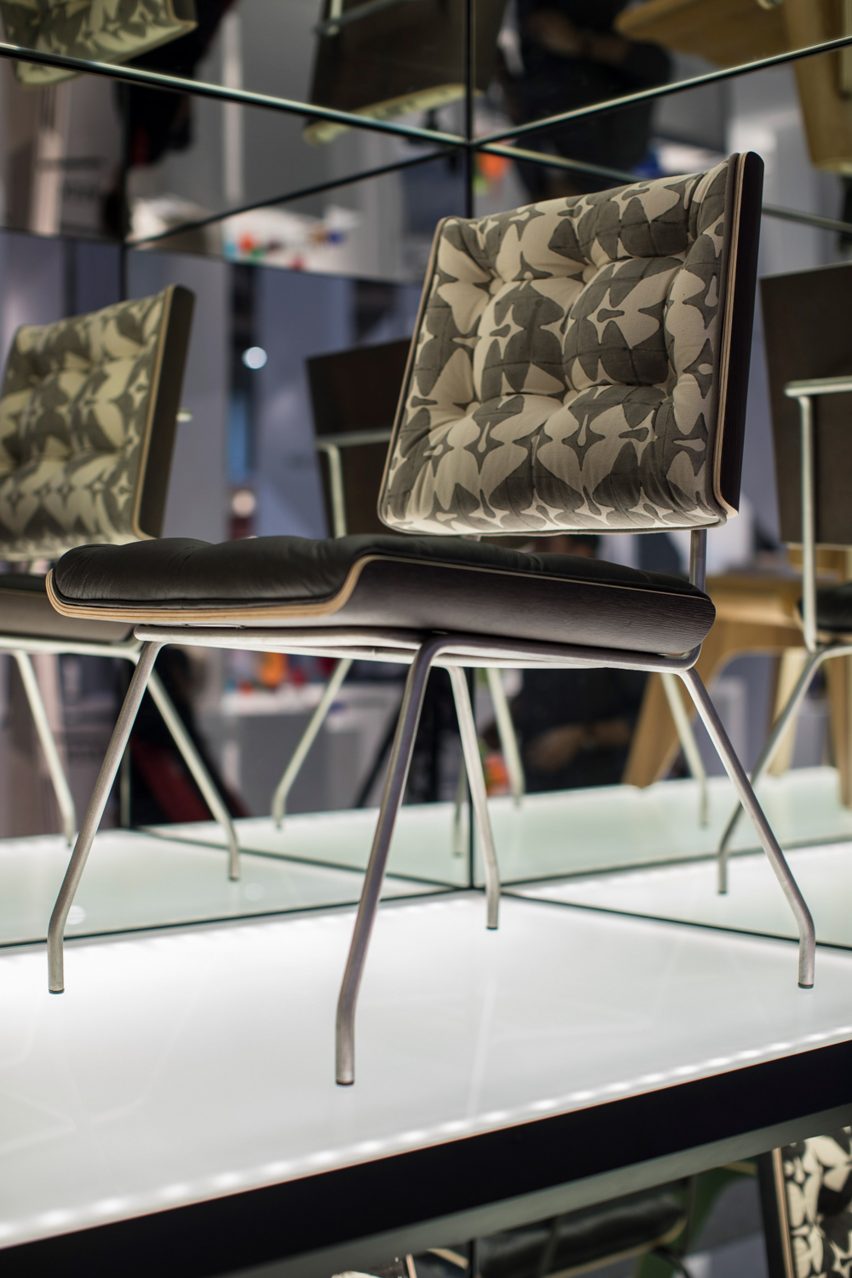
Called WOHAbeing, the new brand launched at the Maison&Objet trade fair with new ranges of furniture and lighting products, as well as collections of rugs, bathware and tableware.
"Over the last 20 years, we have done a lot of hospitality projects and we always had people wanting to bring home a part of the project with them," Wong says in the movie.
"Now we want to offer people a piece of our environment that they can actually bring back home."
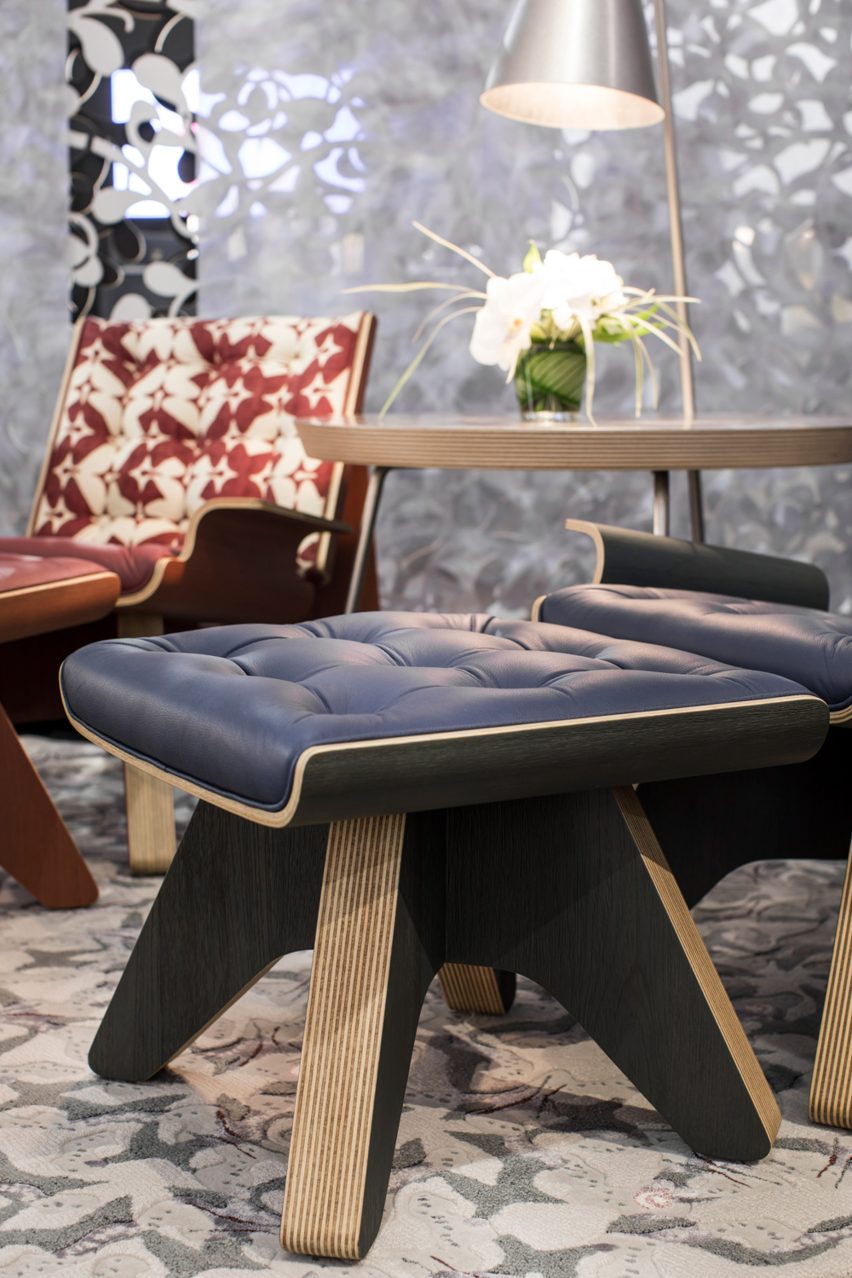
The new brand currently has two main furniture and lighting collections, called Bintan and Ulu.
The Bintan range, which is named after a tropical Island off the coast of Singapore, features moulded plywood furniture upholstered with colourful patterned fabrics. The chairs and tables in the collection are available with chunky wooden legs or more slender metal bases.
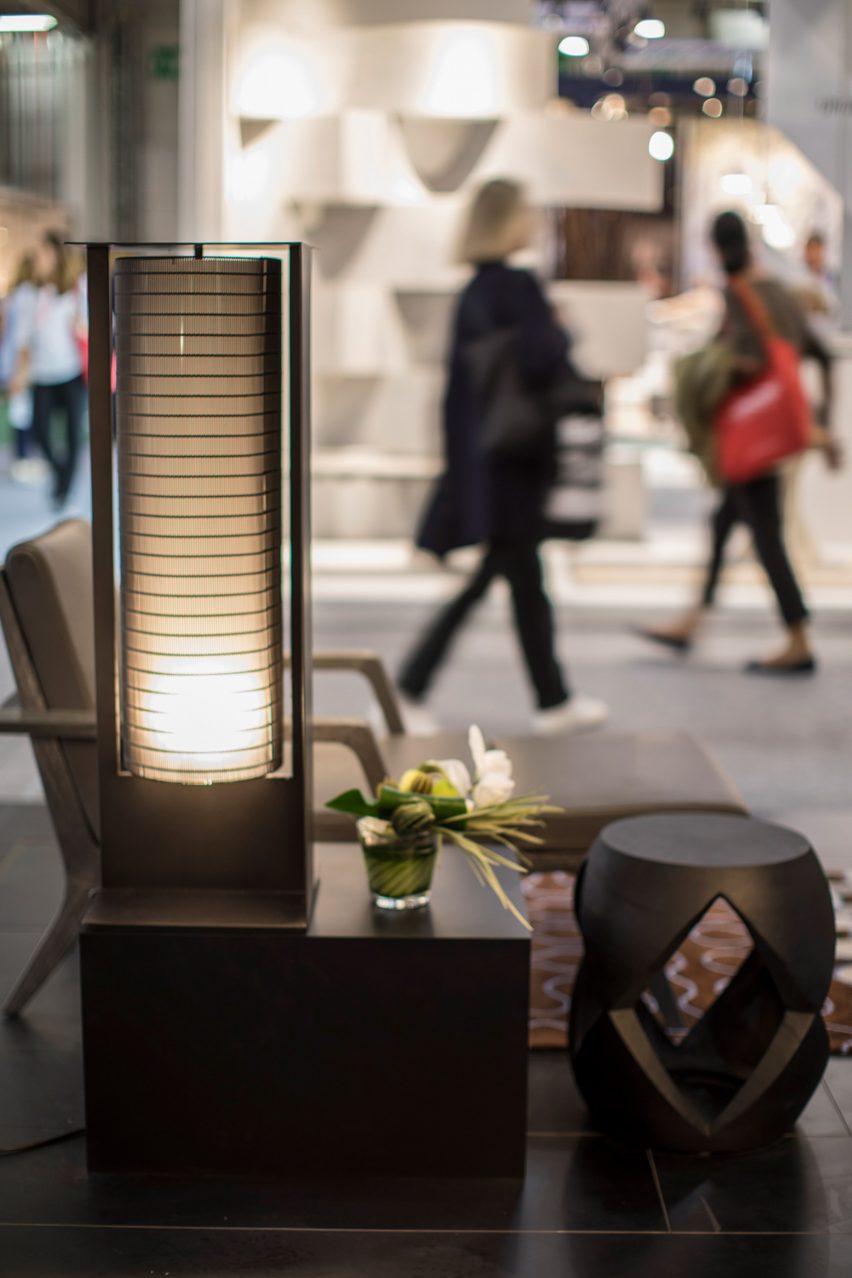
"We split the furniture into the Turtle series and the Crab series," Hassel explains.
"With the Turtle series, we have legs that are quite robust – they are a little bit like the flippers of turtles. The [furniture] with the spindly metal legs is the Crab series."
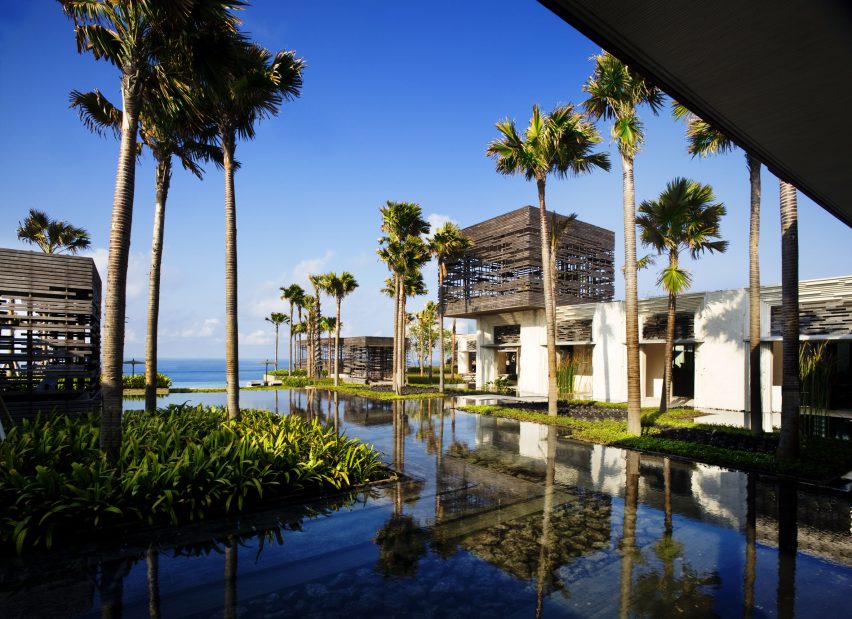
The Bintan collection, which includes both indoor and outdoor furniture, is based on furniture and lighting designs WOHA originally created for its Alila Villas Uluwatu resort in Bali, which was completed in 2009.
The collection includes a suspended light called Oli, which can be hung individually or in a cluster to create a chandelier.
"Oli relates to a festival we have in Asia, where we light paper lanterns and let it float into the sky," Wong says. "It could be a single piece or end up being a chandelier for the entire ceiling of a room."
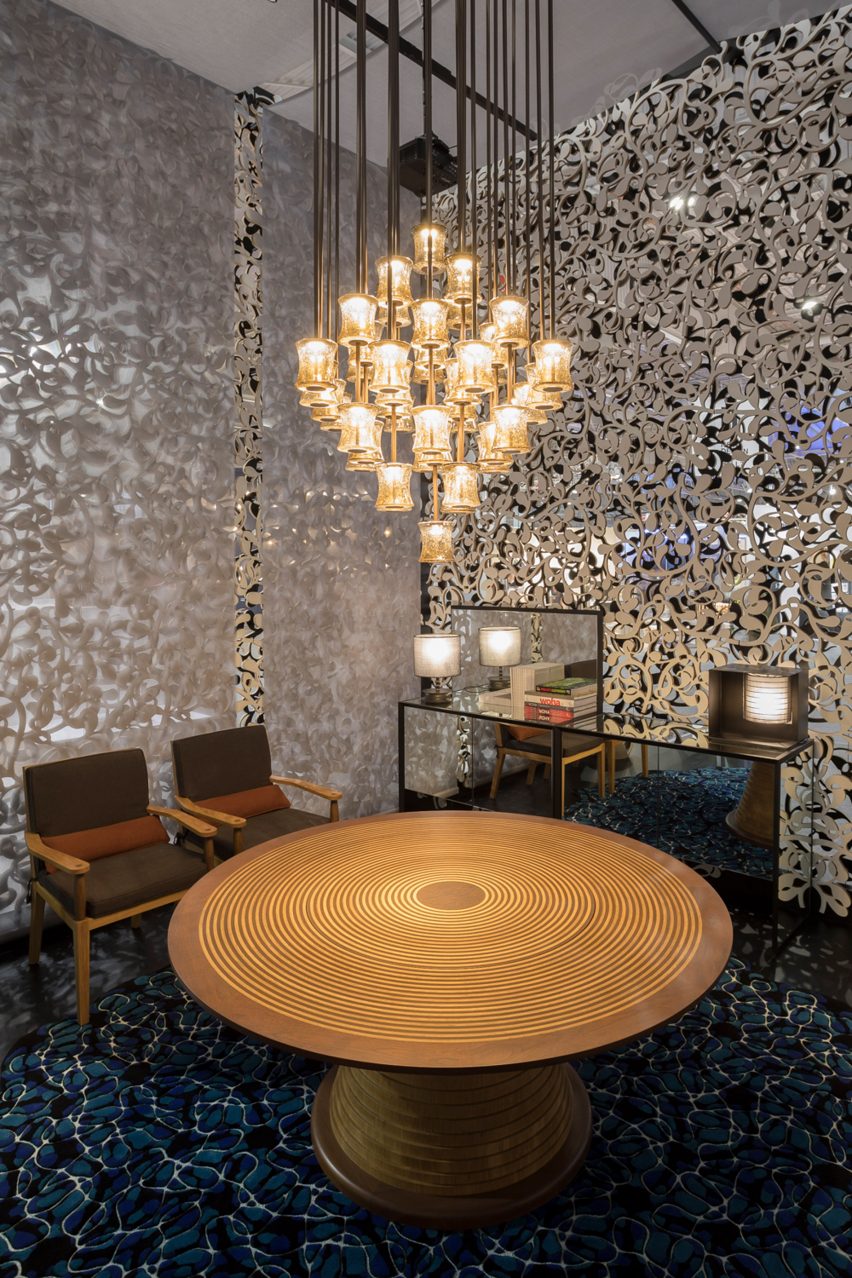
Called Sapan, the bathroom range features angular baths informed by the shape of traditional Singaporean boats, which were made from three planks of wood.
"Our Sampan collection takes the three-planked boat of the Singapore river to inspire a series of bathware," Hassel says.
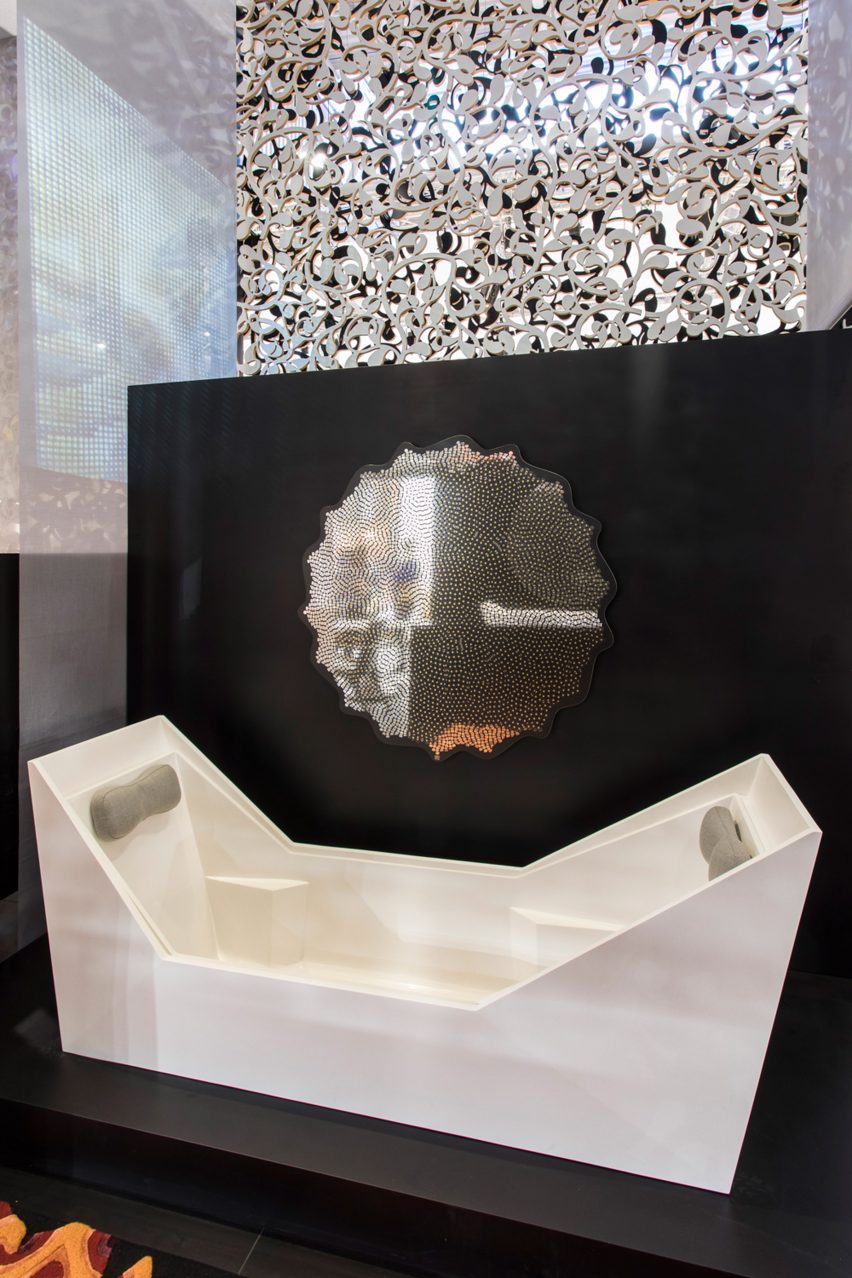
The new collections were unveiled in a specially designed pavilion at Maison&Objet, which was clad with wooden screens featuring a beanstalk motif.
The launch of WOHAbeing coincided with trade fair naming the Singapore practice Designer of the Year Asia 2017.
"We've had a wonderful time putting this collection together and we're really excited to share it with people here at the launch in Paris," Hassel says.
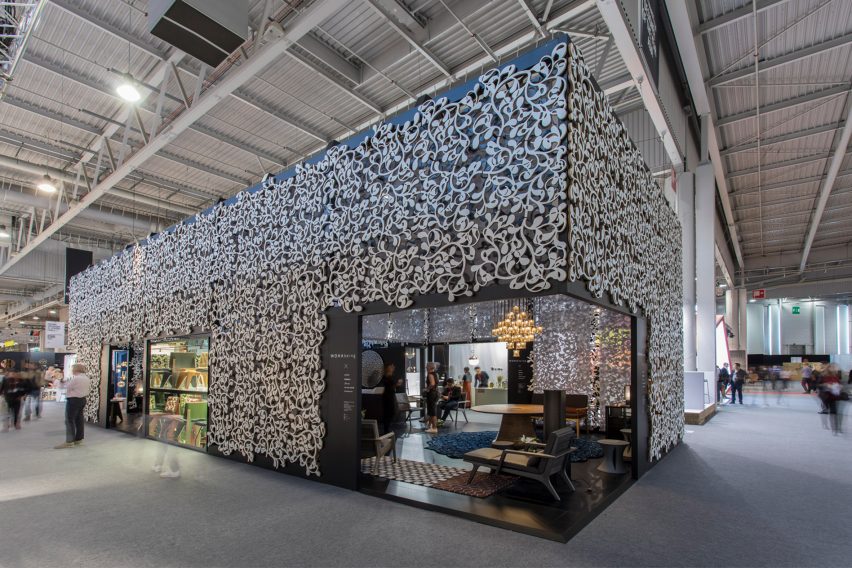
Dezeen produced the film for WOHA. Photography is by Marek Swoboda, unless specified otherwise.